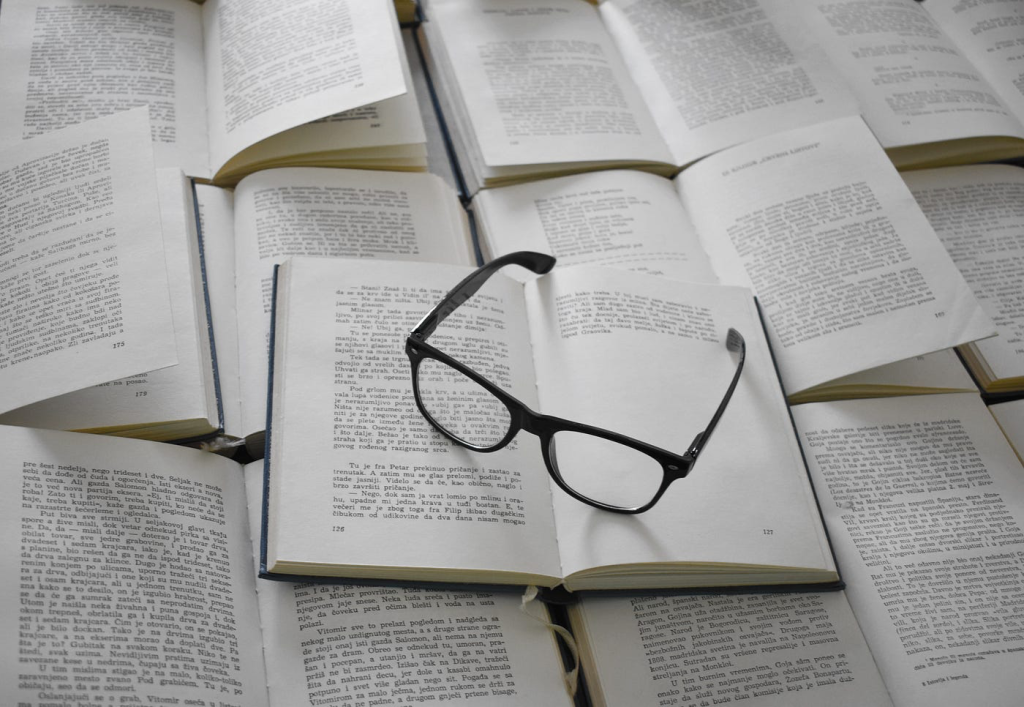
In today’s educational landscape, the integration of language and literature has become increasingly vital. Schools and universities worldwide are recognizing the profound impact that a well-rounded curriculum, which intertwines these two fields, can have on students’ cognitive and cultural development.
Language and literature are often taught separately, but their intersection provides a richer learning experience. By blending literary analysis with language instruction, educators can enhance students’ understanding of both grammar and stylistic elements. This approach not only improves language skills but also deepens literary comprehension, fostering a more holistic grasp of texts.
Recent curriculum reforms highlight the importance of this integration. For example, interdisciplinary programs encourage students to explore how linguistic techniques influence literary forms and themes. This method also supports critical thinking, as students analyze how language choices affect narrative structures and character development.
Moreover, incorporating literature into language education exposes students to diverse cultures and perspectives, promoting empathy and global awareness. It allows learners to engage with historical contexts and societal issues through the lens of literary works, making language learning more relevant and engaging.
As educational institutions continue to adapt to the demands of the 21st century, the intersection of language and literature in curricula will play a crucial role in preparing students for a complex and interconnected world. By fostering a deep understanding of both fields, educators can equip students with the skills necessary to navigate and contribute to a global society.
